| Lesson 3 | The impact of e-commerce on business models |
| Objective | Describe how e-commerce influences and changes the dynamics of business. |
Impact of ecommerce on Business Models
Describe how ecommerce influences and changes the dynamics of business. Why has Web-based ecommerce already revolutionized business in so many industries? Although there are many different factors, the overriding reason has to do with geographic market reach. Quite simply, companies that previously were limited in terms of geography, marketing, and distribution, can instantly become global players by selling goods and services over the Web. On the Web, all businesses automatically possess a worldwide reach.
On the surface, the Web's global reach can make for appealing stories. The Web offers the opportunity for businesses to dramatically alter the flow of products and services, and to change the playing field in many industries. As a result, start-up Web specialty businesses (the notorious "dot-coms") tried to take early mover advantage of the opportunities afforded by the Web's reach. Brick-and-mortar companies (companies which pre-existed Web-based e-commerce) reacted to the changes set in motion by the dot-coms, and fought back with their own Web-based e-commerce. In many cases, the brick-and-mortars, renamed "click-and-mortars" once they earned their Web stripes, creatively went beyond even the dot-coms in terms of their application of e-commerce.
On the surface, the Web's global reach can make for appealing stories. The Web offers the opportunity for businesses to dramatically alter the flow of products and services, and to change the playing field in many industries. As a result, start-up Web specialty businesses (the notorious "dot-coms") tried to take early mover advantage of the opportunities afforded by the Web's reach. Brick-and-mortar companies (companies which pre-existed Web-based e-commerce) reacted to the changes set in motion by the dot-coms, and fought back with their own Web-based e-commerce. In many cases, the brick-and-mortars, renamed "click-and-mortars" once they earned their Web stripes, creatively went beyond even the dot-coms in terms of their application of e-commerce.
Global Reach of the World Wide Web
A tiny business industry, like a handmade sweater maker in Vermont, can "become" a huge multinational company overnight by selling to buyers in Africa. Tiny parts manufacturers in eastern Europe can find entirely new procurement partners in Australia. Third-party service providers, like financial institutions, freight providers, and warehouses have access to an entirely new universe of partners over the Web. World Wide Web has the word 'world' in it. You have a Web site and everybody in the world can see you. Companies already have a portal to break into an overseas market, but many of them of them are overlooking that opportunity because their website does not contain content in other languages.
- Organization for Economic Co-operation and Development:
The Organization for Economic Co-operation and Development (OECD) is still very much in existence. In fact, it's currently quite active and influential. Here's some evidence to reassure you:- Their website: The OECD website (oecd.org) is regularly updated with news, publications, and information about their ongoing projects and initiatives.
- Recent activity: Their website highlights recent activities like the November 2023 release of "Health at a Glance 2023: Key findings for the United States" and the May 2023 report "Joining Forces for Gender Equality: Key findings for the United States." These demonstrate their continuing engagement with research and policy analysis.
- Expanding membership: In January 2022, they decided to open accession discussions with Argentina, indicating their relevance and continued growth.
- Media presence: You can find numerous articles and news reports mentioning the OECD and their work, further showcasing their current status.
The Web affects industry change in several areas, including competition, marketing, service, and sales. The risks are real, and businesses cannot enter into e-commerce lightly. The following series of images describes some of the specific business model changes and risks associated with the Web.
ecommerce Management
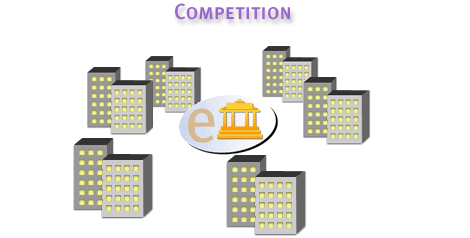
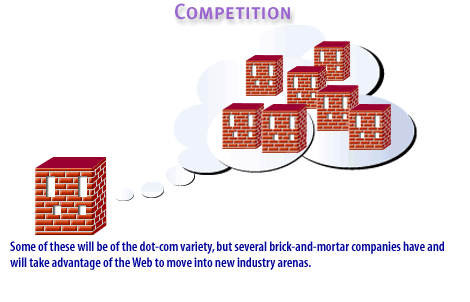
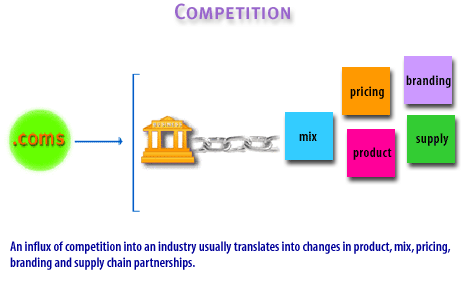
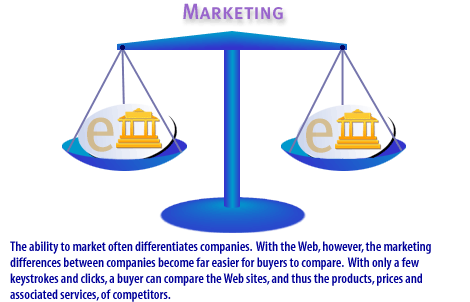
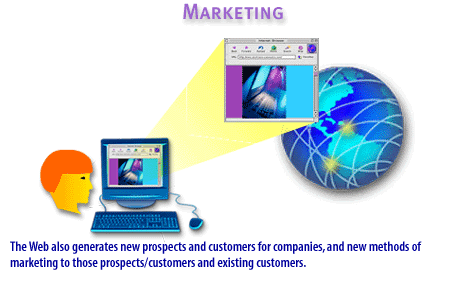
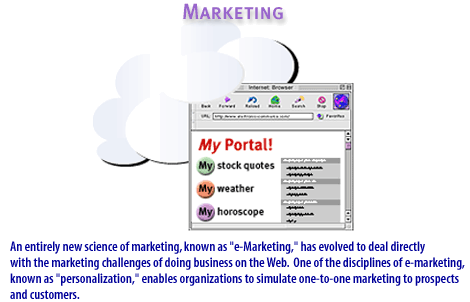
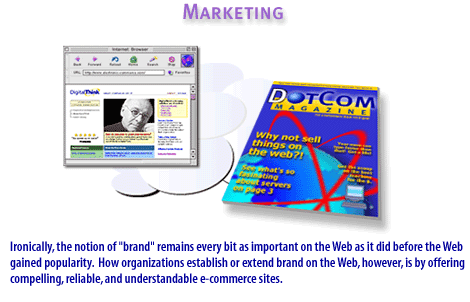
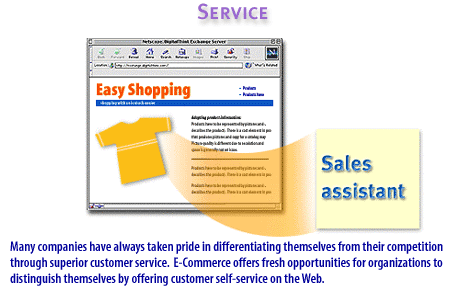
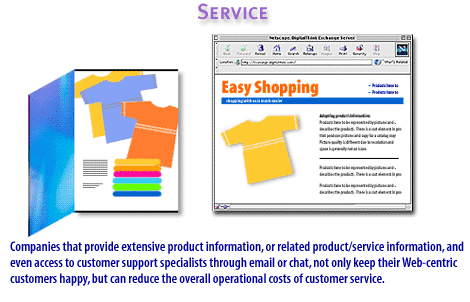
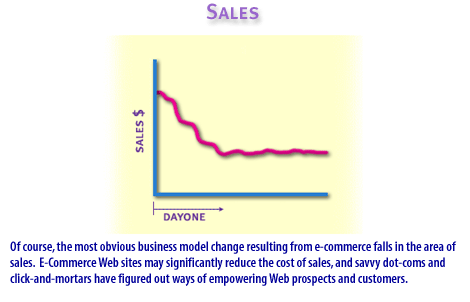
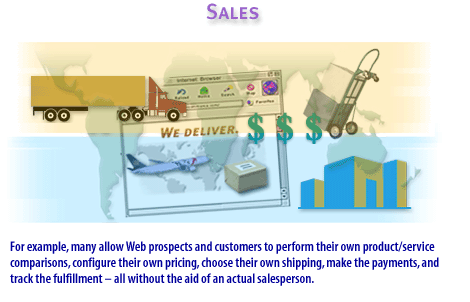
ecommerce Management
Impact of Global Reach, virtual sales, and Online Payment
With the incredible global reach offered by e-commerce comes an array of risks that many businesses and organizations never even considered.
Global reach, virtual sales, and online payment all carry dangerous risks that can potentially put a company out of business.
- Risks of Web-based e-commerce
- Payment fraud and other security issues,
- new forms of tax and customs considerations, and
- misrepresentation of products and services
In summary, Web-based e-commerce empowers all kinds of businesses, start-ups and established players alike, to test new markets, form creative partnerships, and chase previously untouchable business opportunities on a worldwide basis by means of a few simple keystrokes and clicks. In the next lesson you will learn more about B2B, B2C, and e-marketplaces.
Business Model Changes associated with the Web
- Direct-to-Consumer (D2C) Sales: The implementation of e-commerce allows businesses to bypass traditional intermediaries, selling directly to consumers. This D2C model often results in reduced costs, increased profit margins, and direct control over brand image and customer experience. It also allows companies to gather first-hand customer data, enhancing personalized marketing efforts and improving product development based on customer feedback.
- Multi-Channel and Omni-Channel Retailing: E-commerce provides businesses the opportunity to sell across various online platforms, such as their own websites, third-party marketplaces like Amazon or eBay, and social media platforms. This multi-channel approach broadens market reach and customer base. Meanwhile, omni-channel retailing, a more integrated approach, ensures a seamless and consistent customer experience across all channels, boosting customer engagement and loyalty.
- Subscription-Based Model: The internet has popularized subscription-based services, where customers pay a recurring fee to receive products or services regularly. This model ensures a steady revenue stream for the business and simplifies the purchasing process for the customer, enhancing customer retention. Examples include monthly deliveries of various goods, software subscriptions, and digital media services.
- Dropshipping: The internet has enabled the rise of dropshipping, where the retailer does not keep goods in stock but instead transfers customer orders and shipment details to either the manufacturer, another retailer, or a wholesaler, who then ships the goods directly to the customer. This business model minimizes inventory and warehousing costs, making it an appealing option for many e-commerce businesses.
- Data-Driven Business Decisions: E-commerce platforms provide businesses with a wealth of data about customer behaviors, preferences, and trends. This data can be analyzed to inform strategic decisions, optimize marketing efforts, improve customer service, and tailor products or services to consumer needs. This shift towards a data-driven business model can significantly enhance operational efficiency and profitability.
- Dynamic Pricing: E-commerce allows for dynamic pricing, where prices can be adjusted in real-time based on factors such as demand, customer behavior, and competitive landscape. This pricing strategy can maximize profitability, improve sales velocity, and optimize inventory management.
Legacy Business Model Changes
- Sales: Web prospects and customers can configure their own pricing, choose their own shipping, make the payments, and track the fulfillment - all without the aid of an actual salesperson.
- Service: Access to customer support specialists through email or chat not only keep Web-centric customers happy, but can reduce the overall operational costs of customer service.
- Competition: The cost of using the Web as a retail outlet typically is far less than the costs of a physical store, and a rash of new competitors should be expected.
- Marketing: A buyer can compare the websites, and thus the products, prices, and associated services of competitors. This can translate into changes in product mix, pricing, branding, and campaigns.
- Web business models: Web business models have once again taken center stage. However, many of the predictions concerning the impact of the newer models will require several more years of maturation before they will influence most organizations.
What is a Business Model?
Simply put, a business model is how a company operates to make money and keep itself going. It explains how the company earns money by showing where it fits in the process of creating and delivering products or services. A company makes a product or offers a service and sells it to customers. If all goes well, the money from sales is more than the costs to run the company, leading to a profit.
It's not always clear who makes money and how much. The overall profit depends on many different factors competing with each other. The internet is creating new types of business models. It's also changing traditional models like auctions. Auctions are one of the oldest ways to set prices for things like farm products, financial items, and unique pieces like fine art. The web has made auctions more popular and expanded them to a wide range of goods and services. Business models have been defined and grouped in many different ways. This is one attempt to present a detailed classification of business models you can see on the web. This list isn't meant to cover everything or be the final word, and internet business models continue to change.
Profit = Sales - Cost of OperationSome business models are more complex. Take broadcasting as an example. For much of the last century, radio and TV programs have been broadcast over the airwaves for free to anyone with a receiver. The broadcaster is part of a complicated network that includes:
- Distributors
- Content Creators
- Advertisers
- Listeners or Viewers
It's not always clear who makes money and how much. The overall profit depends on many different factors competing with each other. The internet is creating new types of business models. It's also changing traditional models like auctions. Auctions are one of the oldest ways to set prices for things like farm products, financial items, and unique pieces like fine art. The web has made auctions more popular and expanded them to a wide range of goods and services. Business models have been defined and grouped in many different ways. This is one attempt to present a detailed classification of business models you can see on the web. This list isn't meant to cover everything or be the final word, and internet business models continue to change.